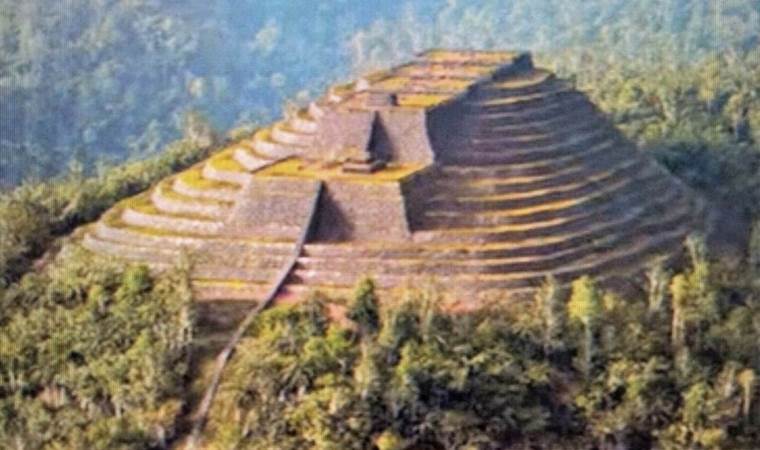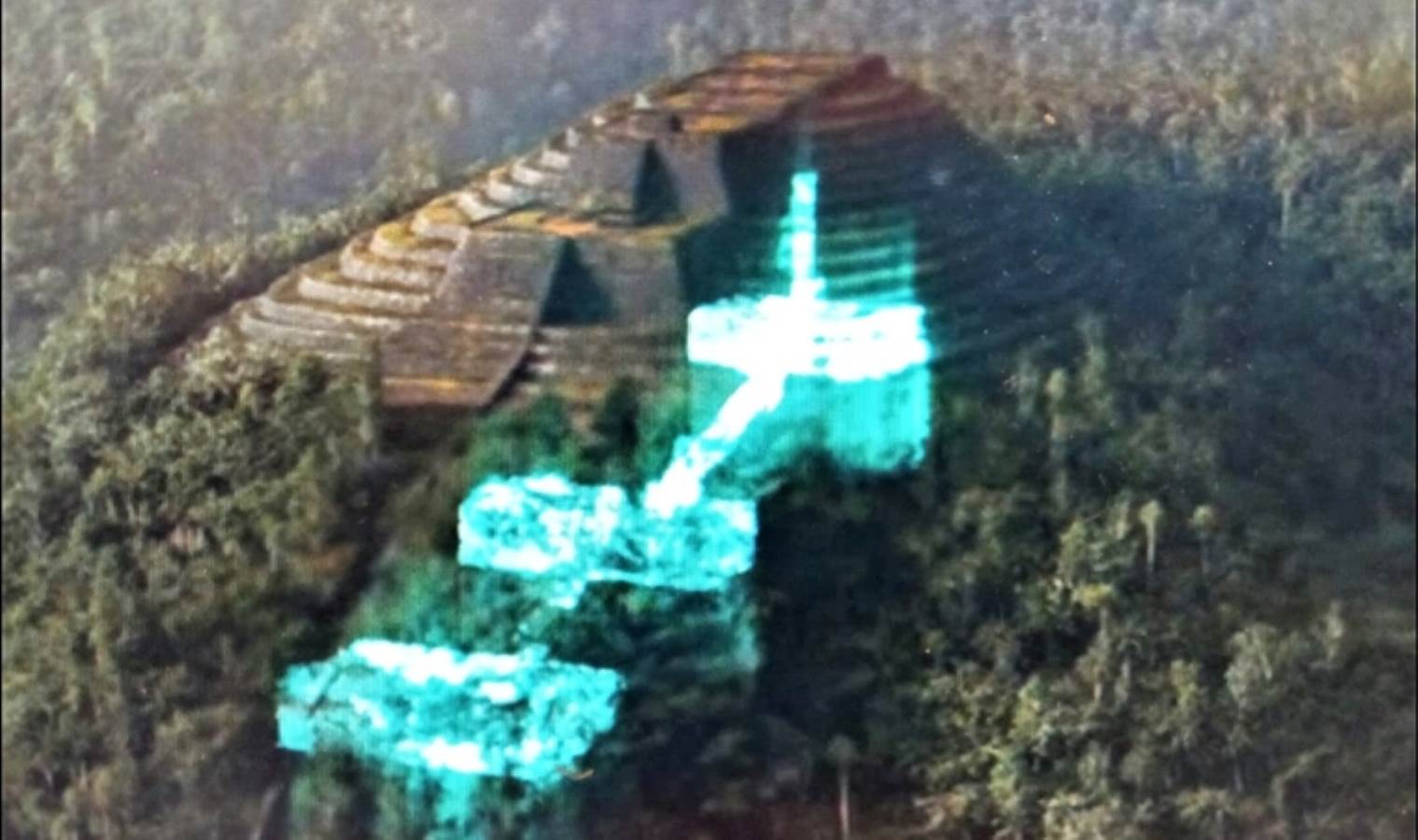Archaeologists announce: The world's oldest pyramid is not man-made!
Archaeologists have claimed that a layer of the Gunung Padang Pyramid in Indonesia, dated to 25,000 BC, is not man-made. An investigation has been initiated about the article that has sparked debate in academic circles.

Although the Guinness World Records lists the Djoser Step Pyramid in Egypt as the oldest pyramid in the world, a paper published in October claims that a layer of the Gunung Padang pyramid in Indonesia dates back to 25,000 BC. However, doubts have emerged about whether this pyramid is man-made.
In research led by Danny Hilman Natawidjaja from the Indonesian Institute of Sciences, it was noted that "the core of the pyramid consists of carefully shaped massive andesite lava" and that the "oldest construction 'element' of the pyramid likely emerged as a natural lava hill and was later shaped."
Researchers say, "This study sheds light on advanced stone-working skills extending back to the last glacial period. This finding challenges the traditional belief that the development of human civilization and advanced construction techniques only emerged about 11,000 years ago, with the beginning of agriculture."
Furthermore, findings from other sites like Göbeklitepe indicate that advanced construction practices existed even in periods before agriculture was invented.

EXPERT OPINIONS CONFLICT
However, some British archaeologists like Flint Dibble from Cardiff University have criticized the article, expressing surprise at its publication. Dibble states there is no clear evidence that the buried layers were constructed by humans.
On the other hand, archaeologist Bill Farley from Southern Connecticut State University points out that 27,000-year-old soil samples from Gunung Padang do not contain charcoal or bone fragments, which would be indicators of human activity.
INVESTIGATION INITIATED
In response to the criticisms, Natawidjaja said they are truly open to researchers from all over the world who want to come to Indonesia and conduct research on Gunung Padang. The co-editor of the journal Archaeological Prospection confirmed that an investigation has been initiated regarding the article.
